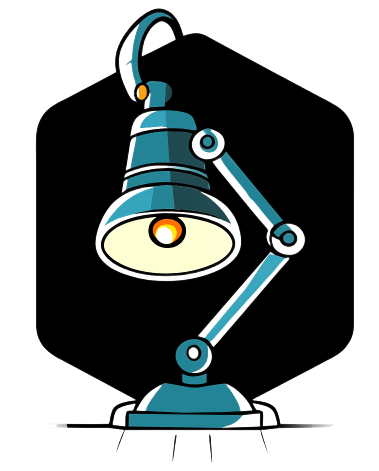To add an umlaut to a term, you can use the following key combinations:
- Ä: ALT + 142
- Ü: ALT + 154
- ö: ALT + 148
- Ö: ALT + 153
- ß: ALT + 225
To write "Ü" with dots, you can use the following key combinations:
- ALT + 154 for Ü
- ALT + 129 for Ü
- ALT + 142 for Ä
- ALT + 132 for Ä
- ALT + 153 for Ö
- ALT + 148 for Ö
- ALT + 225 for ß
These key combinations are all great solutions for writing "Ü" with dots in the word "láctico".
Umlaut can be typed using the following key combinations:
- Windows: Alt + 0096
- È: Alt + 0203
- Ï: Alt + 0207
- Ö: Alt + 0214
- Ü: Ctrl + 0220
- Ÿ: Alt + 0159
To write "Ü" with two dots, you can use the key combination Alt + 148 on the Italian keyboard. It is recommended to use the Alt key and the numeric keypad located to the left of the space bar.
"Ü" with two dots represents an umlaut. In German, the two dots also indicate the umlaut (metaphony) of the vowels a (a /a – ɑ:/ → ä /ɛ:/), o (o /ɔ – o:/ → ö /oe – ø/), and u (u /ʊ – u:/ → ü /ʏ – y:/).
In most cases, you can type the euro symbol € by pressing the letter "E" and the "ALT GR" button simultaneously on the keyboard, which is located to the right of the space bar.
The alphabet of the German language is called the "Deutsches Alphabet." The German alphabet is not complicated and does not have many peculiarities. The vowels with dots above them, called "Umlaut" (ä, ö, ü), and the letter "ß," which looks like a Greek beta but is simply a double "ss," known as "scharfes s" or "esszett," are exceptions.
Diaeresis is used when two consecutive vowels, normally considered as a diphthong, are considered as two separate syllables from a metric point of view.
To type symbols on the keyboard, you can use the following codes:
- È: ALT + 0200
- ©: ALT + 0169
- ¢: ALT + 0162
- ™: ALT + 0153
The abbreviation "Alt Gr" refers to "Alternate Graphics," which provides an optimal description of its function.
